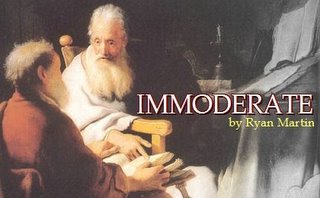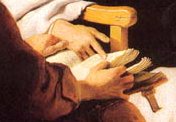A Difficult Christmas text: Matthew 2:15 citing Hosea 11:1 (Part 2)

In the first part, I tried to introduce the problem in Matthew 2:14-15, "And he rose and took the child and his mother by night and departed to Egypt, and remained there until the death of Herod. This was to fulfill what the Lord had spoken by the prophet, 'Out of Egypt I called my son' " (ESV). Many different Bible scholars have weighed in on this passage, which is often used to push hermeneutical assumptions to their philosophical limits. The question is how Matthew used Hosea 11:1.
Israel is the Church
Calvin provides an interesting perspective. The passage perplexed scholars even in Calvin’s day, and he noted, “Some have thought [that] the intention of the prophet was different from what is here stated.” Although Calvin ardently contends that Hosea “is not tortured by Matthew,” his own interpretation of these texts has a unique bend. Calvin superimposes the Church into Hosea’s use of Israel here, and holds that the prophet was foretelling that the Church would be brought out of Egypt just as the nation of Israel was. He observes, “the light of salvation had been almost extinguished, when God begat the Church anew in the person of Christ. Then did the Church come out of Egypt in its head, as the whole body had been formerly brought out.”1
Sensus Plenior
William LaSor advocated that Matt 2:15 is an example of sensus plenior in his article “Prophecy, Inspiration, and Sensus Plenior.” Sensus Plenior is the belief that God intended deeper and additional meaning not intended by the author. This deeper meaning is seen when the text is studied through the lens of additional revelation. LaSor sees many difficulties with Matthew’s quotation of Hosea. Yet, he believes that the great Exodus demonstrates God’s “redemptive plan.” According to LaSor, Hosea’s prophecy shows that,
If God had not brought Israel out of Egypt, there would have been no Israelite nation, no Davidic line, no prophets, and no Messiah. Jesus could not have been born to Mary, and there would have been no redemptive work on Calvary’s cross.2
Of course, LaSor admits that none of this was in Hosea’s mind when he wrote it. But, “he was inspired by God’s Spirit . . . and [he] led him to express his words in a form that was capable of a fuller meaning.”3
The problem with this view is sensus plenior. Carson observed that this approach “seems a strange background for Matthew’s insisting that Jesus’ exodus from Egypt in any sense fulfills the Hosea passage.”4 A meaningful statement has not been fulfilled when a different idea is the fulfillment. And why should this be limited to linking words and phrases–a kind of gezerah shewah? God could seemingly use sensus plenior to give any kind of meaning to any phrase.
________
1Commentary on a Harmony of the Evangelists, trans. William Pringle (Grand Rapids: Eerdmans, 1949), 156-57.
3Ibid, 58.
4Carson, Matthew, 92. He continues, “This observation is not trivial; Matthew is reasoning with Jews who could say, ‘You are not playing fair with the text!’”





0 Comments:
Post a Comment
<< Home